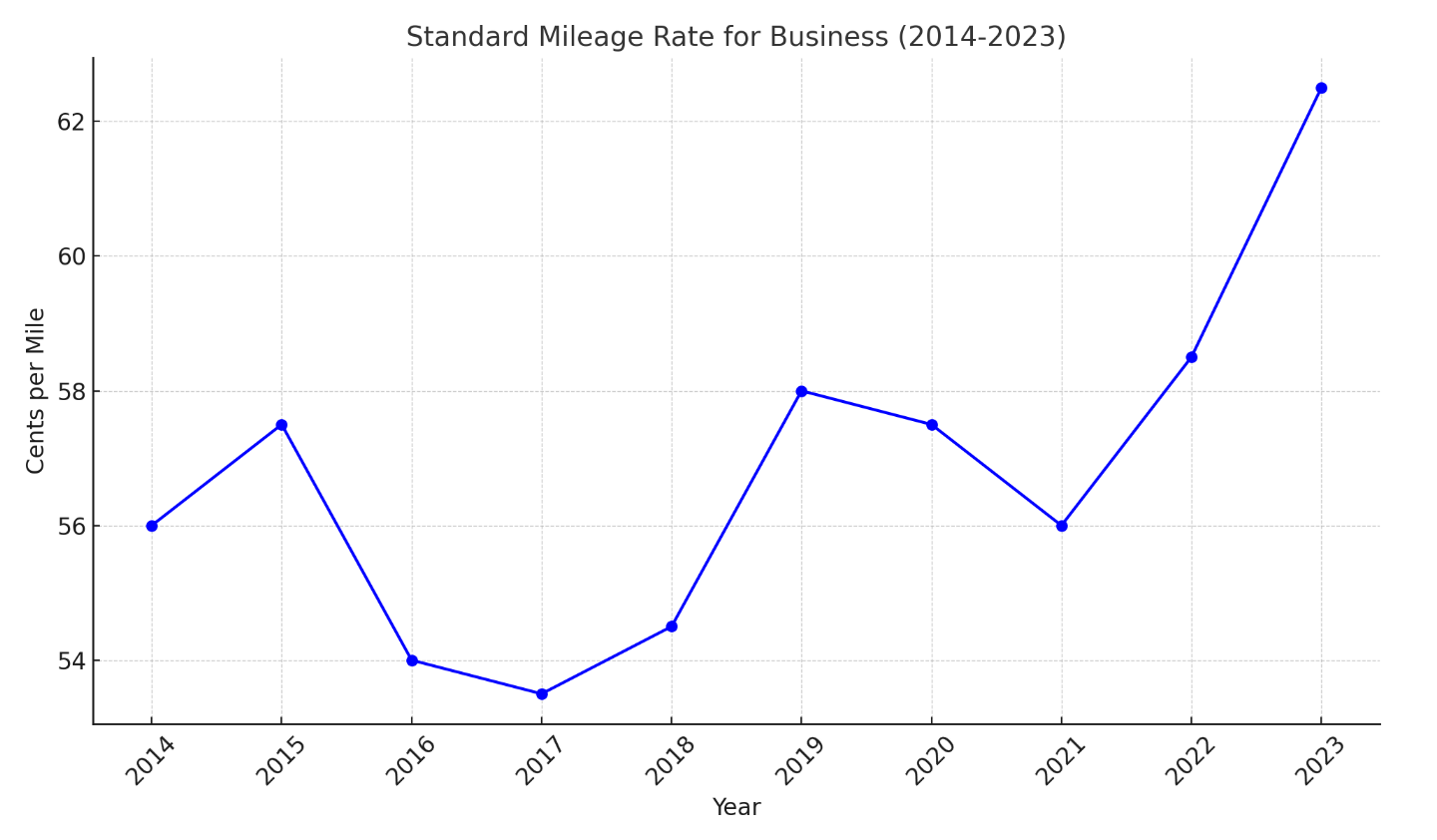Food truck owners must pay federal and state unemployment taxes in order to fund the unemployment tax system. Unemployment compensation is designed to pay benefits to workers when they lose their jobs through no fault of their own. The Federal Unemployment Tax (FUTA) fund and state unemployment funds require employers to pay taxes to fill those unemployment funds.
For FUTA, employers pay a federal rate of 6.2 percent on the first $7,000 that each employee earns. Please note that you do not withhold the FUTA tax from an employee’s wages.
Is your food truck required to pay the FUTA tax? It is required to do so if during the current or the preceding calendar year you meet either of the following tests:
- you pay wages totaling at least $1,500 to your employees in any calendar quarter; or
- you have at least one employee on any given day in each of 20 different calendar weeks (the 20 weeks need not be consecutive, the “one employee” need not be the same individual and a “calendar week” is a period of seven successive days beginning with Sunday and ending at the close of the following Saturday; however, short weeks at the beginning and end of a calendar year are counted as calendar weeks).
Once a food truck meets either of the tests, the vendor becomes liable for the FUTA tax for the entire calendar year and for the next calendar year as well.
Each state sets its own unemployment tax rate. Many states also charge additional fees for administrative costs and job-training programs. Consult with an experienced account on ways food truck tax basics impact your business.
Page Contents
State FUTA Calculations
States use four different methods to calculate how much you may need to pay in FUTA taxes:
- Benefit ratio formula: The ratio of benefits collected by former employees to your company’s total payroll over the past three years. States also adjust your rate depending upon the overall balance in the state unemployment insurance fund.
- Benefit wage formula: The proportion of your company’s payroll that’s paid to workers who become unemployed and receive benefits, and then divides that number by your company’s total taxable wages.
- Payroll decline ratio formula: The decline in your company’s payrolls from year to year or from quarter to quarter.
- Reserve ratio formula: Your company’s balance in the unemployment reserve account. The reserve account is calculated by adding up all your contributions to the account and then subtracting total benefits paid. This amount is then divided by your company’s total payroll. The higher the reserve ratio, the lower the required contribution rate.
How FUTA Works: An Example
FUTA sounds scary at first for food truck owner. But let’s consider the story of “Tasty Wheels,” a food truck owned by Maria. In early March, Maria hires two part-time employees, Tom and Jenna to help with cooking and serving customers.
By the end of the second quarter, Maria notices that she has paid Tom and Jenna a total of $3,000 in wages, surpassing the $1,500 wage threshold for FUTA tax liability. This means “Tasty Wheels” is now required to pay FUTA taxes. Despite this new financial obligation, Maria finds that the increased revenue from the additional events and sales more than offsets the FUTA tax expense and the wages paid to her employees.
Scenario: Employing Staff for 20 Different Weeks
As the summer progresses, “Tasty Wheels” continues to thrive. Maria decides to keep both Tom and Jenna employed throughout the season. By mid-August, she realizes that she has had at least one employee working for her in each of 20 different weeks throughout the year, triggering another condition for FUTA tax liability.
Impact of FUTA Taxes and Credits
Initially concerned about the financial implications of FUTA taxes, Maria consults with her accountant. To her relief, she learns that because she has been diligently paying her state unemployment taxes on time, she is eligible for a tax credit that significantly reduces her FUTA tax rate from 6.2% to 0.6% on the first $7,000 of each employee’s earnings.
For Tom and Jenna, each earning $6,000 for the year, Maria calculates her FUTA tax liability as $42 per employee ($7,000 * 0.6%), totaling $84. This amount is much more manageable than she had feared, and the credit effectively lowers her overall tax burden.
The Bottom Line
These formulas can be very complicated, so your best bet is to meet with your state’s unemployment office to review how your food truck’s unemployment rate will be set or work with an accountant. In addition to getting a better idea of what may impact your FUTA tax rate, you can also discuss how best to minimize that rate.




